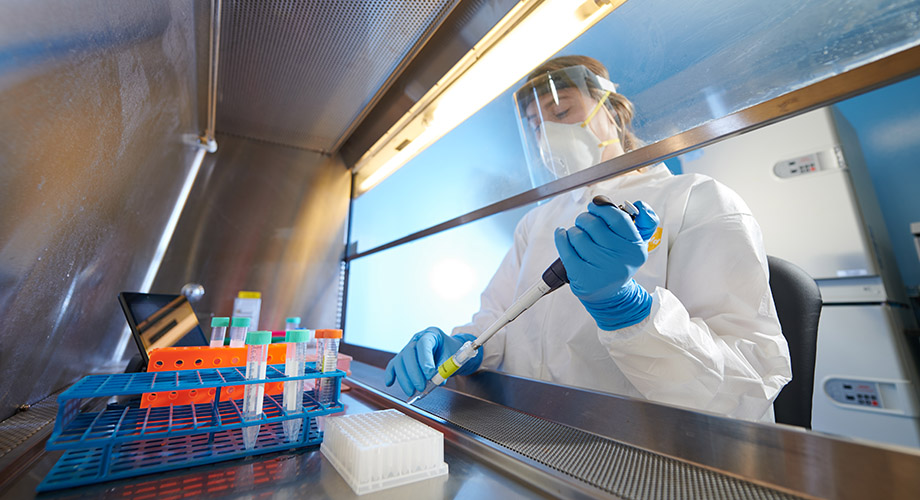A CViSB-led study published in Cell outlines how the New Orleans’ Mardi Gras festival of February 2020 appears to have driven one of the worst early outbreaks of COVID-19 in the United States. Investigators sequenced and analyzed the COVID-19-causing coronavirus, SARS-CoV-2, recovered from patients, as well as data on population movements, COVID-19 deaths, and other relevant sources of information for the first wave of the pandemic in Louisiana.
They concluded that SARS-CoV-2 most likely came to Louisiana in early February 2020 from a single infected person in Texas and spread to hundreds of people during the Mardi Gras festival later that month—seeding the large outbreak of COVID-19 in Louisiana and neighboring states that became apparent in March.
In the new study, we showed that by contrast with early COVID-19 outbreaks in New York and Washington state, which were initiated by incoming travelers from Europe and Asia, the Louisiana outbreak appears to have been seeded via domestic travel—likely including a single, dominant transmission event connected to Texas.
This important study provides an understanding of how superspreading during large-scale events played a key role during the early outbreak in the U.S. and can greatly accelerate epidemics. Read More
